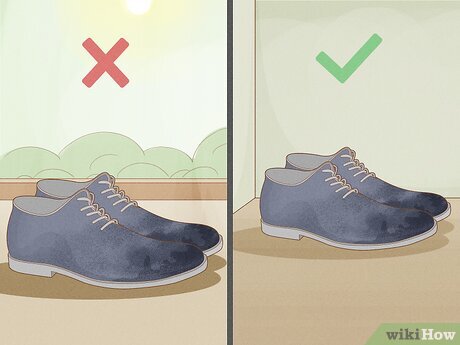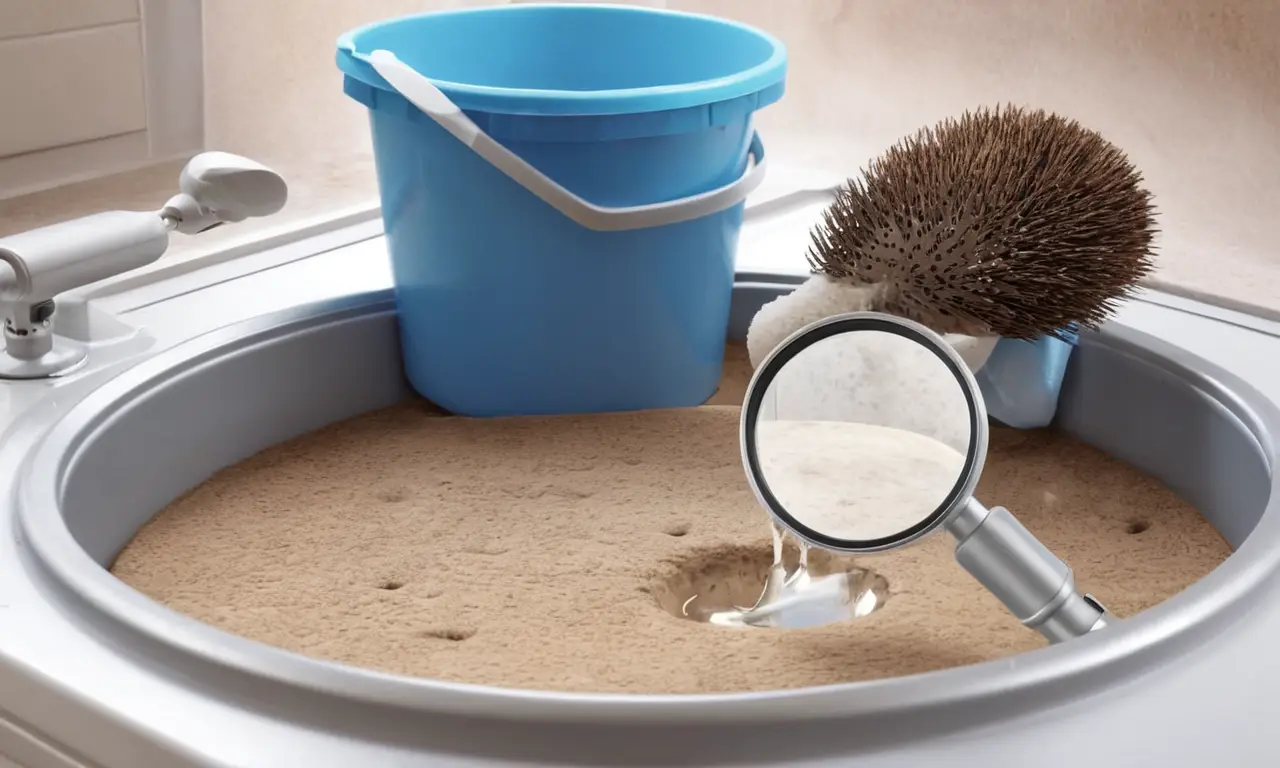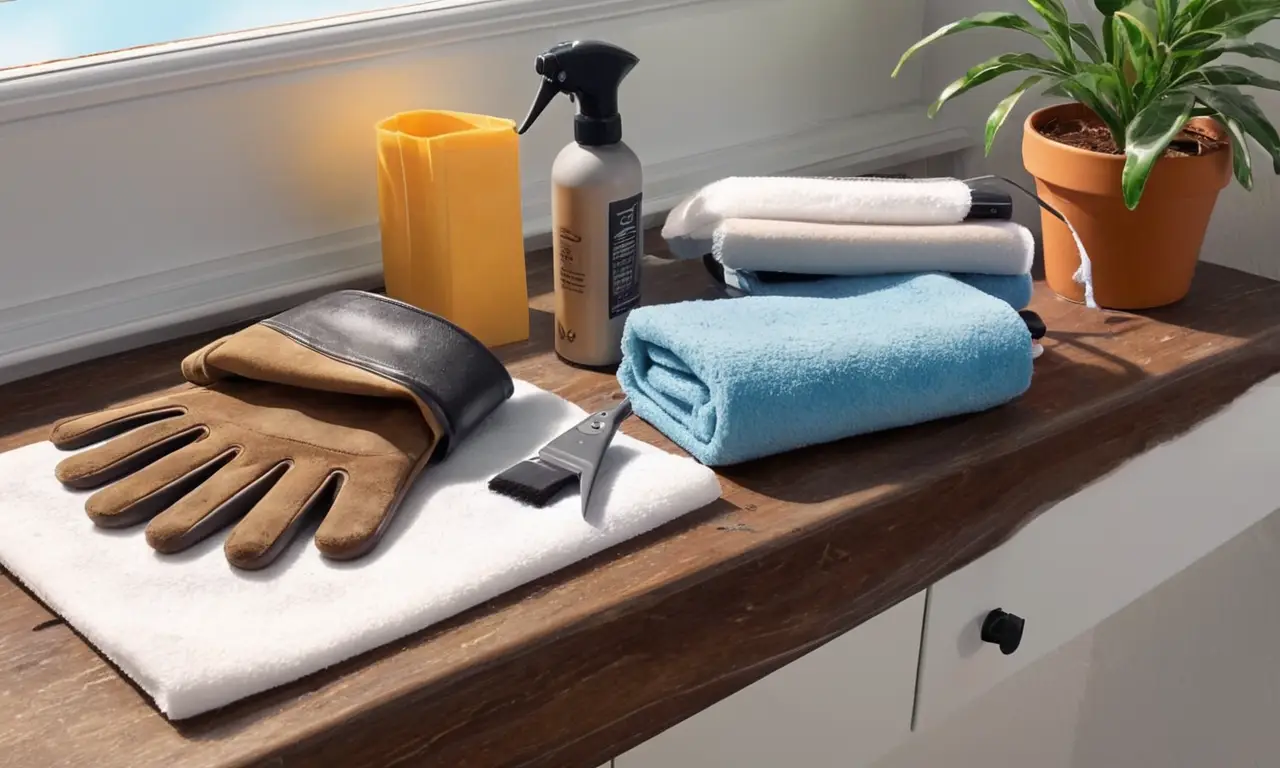
Suede, a beloved fabric for its luxurious softness and unique texture, can unfortunately be vulnerable to water damage. This delicate material absorbs moisture readily, leading to changes in shape, stiffness, and even discoloration. While not always a complete disaster, what happens to suede when it gets wet can significantly impact its appearance and longevity. Understanding the causes of water damage, how to identify it, and proper drying and repair techniques are essential for preserving your suede garments and accessories.
This article will delve into the intricacies of suede water damage, providing you with a comprehensive guide on prevention, identification, repair, and care. From understanding the reasons behind does suede get ruined by water to mastering effective drying methods and repair strategies, we’ll equip you with the knowledge to protect your suede investments.
Suede Water Damage Causes
Several factors can contribute to water damage to suede. Understanding these causes is crucial for implementing preventative measures and minimizing future damage.
- Direct Exposure to Rain or Snow: One of the most common culprits is direct exposure to precipitation. When suede absorbs water, the fibers swell and lose their original shape. This can lead to permanent stretching and distortion, particularly in areas like collars, cuffs, and seams.
- Spills and Accidents: Everyday accidents involving liquids like coffee, tea, or wine can quickly damage suede. The porous nature of the fabric allows these spills to penetrate deeply, causing discoloration and staining.
- Humidity: High humidity levels can also contribute to suede water damage. The excess moisture in the air can cause suede to absorb water gradually, leading to stiffness and a loss of its supple texture.
Identifying Water Damage on Suede

Recognizing the signs of water damage early is essential for prompt action and minimizing potential harm.
- Stiffness: One of the first indicators is a noticeable change in texture. Water-damaged suede feels stiff and inflexible, losing its characteristic softness. This stiffness often occurs in areas where water has been absorbed most heavily.
- Discoloration: Water can cause suede to darken or lighten in certain areas. This discoloration may appear as uneven patches or streaks, depending on the type of liquid that caused the damage.
- Pilling and Fuzzing: Water-damaged suede is more prone to pilling and fuzzing. The fibers become loose and break down more easily, resulting in unsightly balls of fiber forming on the surface.
Assessing the Severity
The severity of water damage can vary depending on the amount of water absorbed and the time it takes to dry. Minor water damage may only result in slight stiffness or discoloration, while severe cases can lead to permanent warping, stretching, and loss of shape.
Drying Wet Suede Properly
Proper drying is crucial for preventing further damage and restoring suede’s original texture.
- Avoid Direct Heat: Never use direct heat sources like hair dryers or radiators to dry suede. The intense heat can cause the fibers to shrink, crack, and become permanently distorted.
- Blot Excess Moisture: Gently blot away any excess water with a clean, absorbent cloth. Avoid rubbing, as this can push the moisture deeper into the fabric and create further damage.
- Air Drying in a Cool, Ventilated Area: Place the wet suede garment or accessory in a well-ventilated area away from direct sunlight. Allow it to air dry completely, turning it periodically to ensure even drying.
Using Suede Protectant Sprays
After drying, consider applying a suede protectant spray to help repel future water damage and stains. These sprays create a barrier on the surface of the suede, making it more resistant to moisture absorption.
Repairing Water Damaged Suede

While some water damage can be reversed with proper drying techniques, severe cases may require professional repair.
- Suede Brush: A suede brush can help restore the nap and texture of slightly damaged suede. Gently brush in one direction to lift the fibers and remove any loose particles.
- Suede Eraser: For minor stains or discoloration, a suede eraser can be helpful. Rub the eraser gently over the affected area to lift the stain without damaging the surrounding fabric.
Professional Repair Options
For extensive water damage, consider seeking professional help from a reputable leather and suede repair specialist. They have access to specialized tools and techniques to restore damaged suede to its original condition.
Preventing Future Suede Water Damage
Taking preventative measures can significantly reduce the risk of water damage to suede.
- Use a Waterproof Spray: Apply a waterproof spray to your suede garments or accessories before wearing them in wet conditions. This creates a protective barrier against water penetration.
- Avoid Direct Contact with Liquids: Be mindful of spills and avoid direct contact with liquids whenever possible. If a spill does occur, blot it immediately with a clean cloth.
- Store Suede Properly: Store suede items in a cool, dry place away from direct sunlight or heat sources. Use breathable garment bags to prevent moisture buildup.
Conclusion
Suede is a beautiful and versatile fabric that can elevate any wardrobe. However, its delicate nature requires careful attention and preventative measures to avoid water damage. By understanding the causes of does water damage suede, recognizing the signs of damage, and implementing proper drying and repair techniques, you can protect your suede investments and enjoy their luxurious softness for years to come. Remember, prevention is always better than cure when it comes to preserving the beauty and integrity of your suede garments and accessories.
